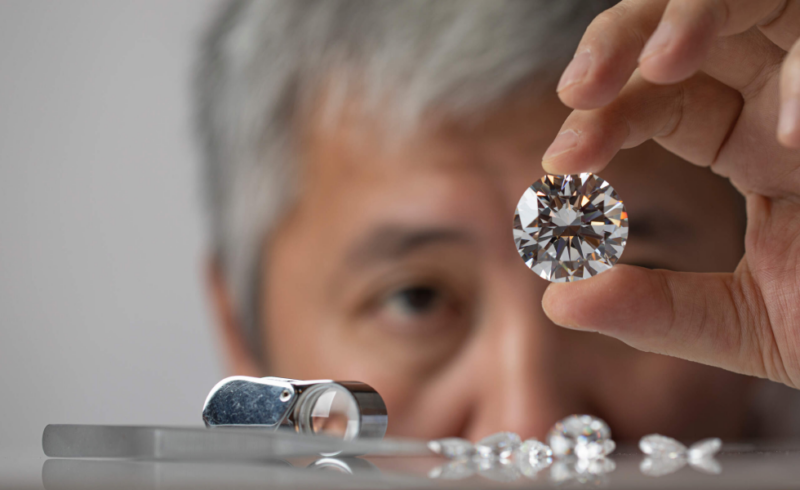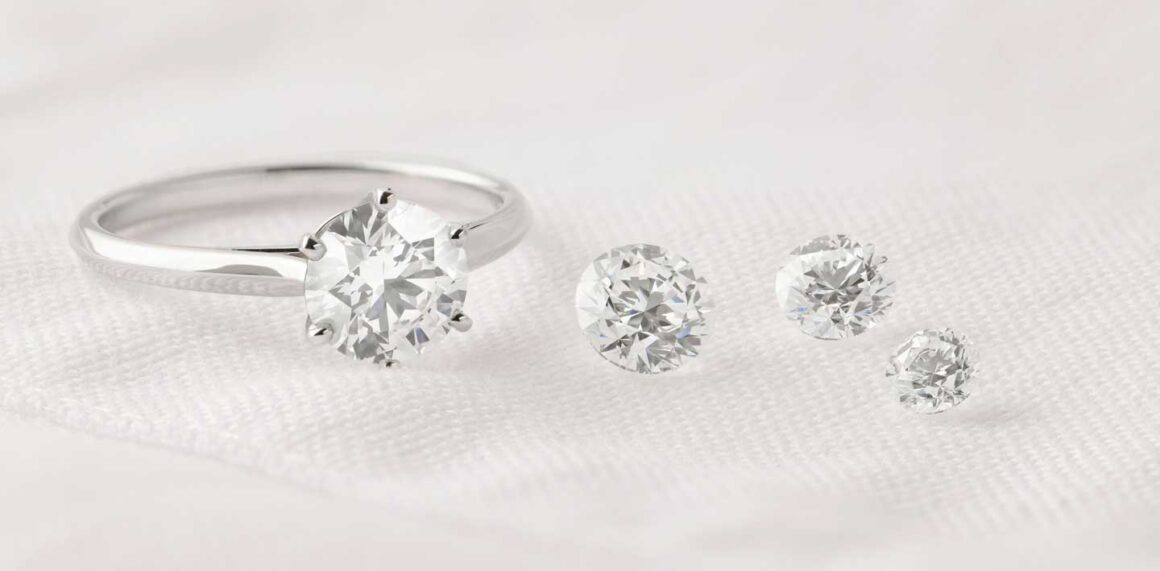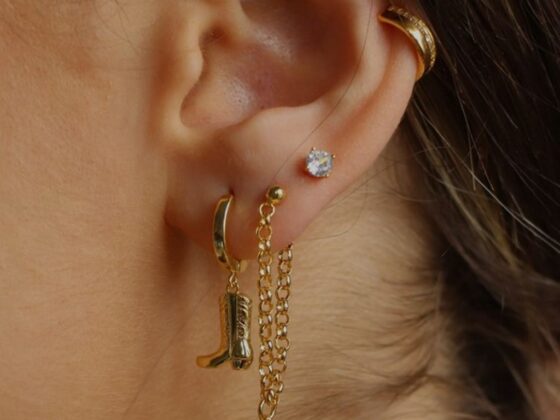The diamond industry has always been associated with luxury and exclusivity. However, in recent years, a new player has entered the market: lab-created diamonds. They are made in a controlled environment, using advanced technology to replicate the natural process of diamond formation. With their growing popularity, the rise of lab-created diamonds raises questions about sustainability and ethics in this industry.
One of the main advantages of lab-created diamonds is their eco-friendliness. Unlike natural ones, which are mined from the earth and can have a negative impact on the environment, lab-created ones are made using renewable energy sources and produce significantly less waste. According to the Gemological Institute of America (GIA), the carbon footprint of a lab-created diamond can be up to 80% lower than that of a natural one. This is because they do not require the excavation of large amounts of earth, which can cause soil erosion and deforestation, nor do they require the use of toxic chemicals or heavy machinery, which can harm ecosystems. Man made diamonds are here to stay, and they offer a promising future for the industry.
In addition to their environmental benefits, they also offer a more ethical alternative to natural ones. The diamond industry has long been associated with human rights abuses and conflict, particularly in countries where they are mined. The infamous “blood or conflict diamonds” refer to ones that are mined in war zones and sold to finance armed conflict against governments. The Kimberley Process Certification Scheme (KPCS) was established in 2003 to prevent the trade of conflict diamonds, but it has been criticized for being inadequate and lacking transparency. Lab-created ones, on the other hand, are made in a controlled environment, ensuring that they are free from conflict and human rights abuses.

Another advantage of lab-created diamonds is their affordability. Natural diamonds are priced based on their rarity and the cost of mining and processing them. Lab-created ones, on the other hand, are made using advanced technology that allows for mass production, which makes them significantly cheaper than natural ones. This means that consumers can buy a diamond that looks just like a natural one, but at a fraction of the cost.
Despite their advantages, there are still some misconceptions surrounding lab-created diamonds. One common misconception is that they are not “real” ones. However, they are chemically and physically identical to natural ones. They are made of carbon, and they have the same optical and physical properties as natural ones. The only difference is that they are made in a lab instead of being mined from the earth.

Another misconception is that they are low-quality or inferior to natural ones. However, they can be of the same quality as natural ones, and they can even be of higher quality in some cases. They are made using advanced technology that allows for precise control of the diamond’s characteristics, such as its size, clarity, and color. This means that they can be made to exact specifications, resulting in a higher quality product.
In conclusion, the rise of lab-created diamonds is a positive development for the industry. They offer a more eco-friendly, ethical, and affordable alternative to natural ones. While natural ones will always hold a certain mystique and allure, the growing popularity of lab-created diamonds is a sign that consumers are becoming more conscious of their environmental and ethical impact.


